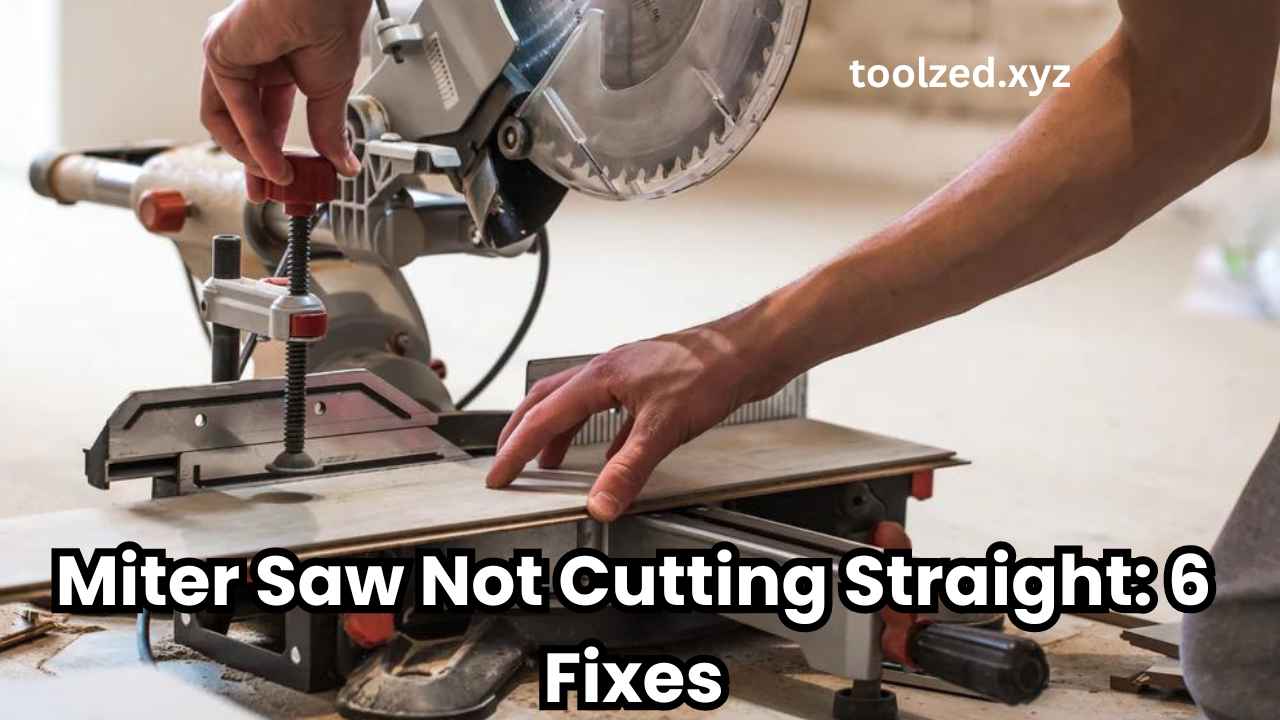When it comes to completing any woodworking or home improvement project, a circular saw is often an essential tool.
So what happens when your trusted skil circular saw suddenly stops working? It can be frustrating and put a halt to your progress, but don’t worry – there are a few common reasons why this might happen and some simple solutions to get your saw back up and running.
First Thing First:
Before diving into potential issues and solutions, it’s important to note that if your skil circular saw is still within its warranty period, you may be eligible for a refund or replacement. Skil offers a one-year limited warranty on their power tools, so be sure to check with the manufacturer before attempting any repairs or troubleshooting.
Another thing to keep in mind is the lifespan of your circular saw. On average, a skil circular saw can last for 14 to 20 months with regular use. If your saw is older than this, it may be time for a replacement rather than attempting repairs.
Now, let’s take a look at some common reasons why your skil circular saw may have stopped working and how you can fix them.
Common Reasons for a Stopped Skil Circular Saw
There are a few common reasons why your skil circular saw may have suddenly stopped working. These can include:
- Power supply issues: If your saw is corded, it’s possible that the power outlet or extension cord you’re using is not supplying enough power to run the tool.
- Worn or damaged blade: Over time, the blade on your circular saw can become dull, bent, or damaged. This can cause the saw to stop working properly.
- Loose connections: The components of a circular saw are connected by wires and if these connections become loose or disconnected, it can cause the tool to stop working.
- Motor issues: If the motor in your circular saw is overheating or has burnt out, it will need to be replaced.
How to Fix Skil Circular Saw Stopped Working
1. Check the Power Source
The first step in diagnosing a malfunctioning circular saw is to examine the power source. If the saw doesn’t turn on at all, there may be an issue with the outlet or the power cord.
Try plugging the saw into a different outlet to ensure the issue isn’t with the power source. If the saw still doesn’t turn on, inspect the power cord for any signs of damage.
Unplug the saw and look for exposed wires, frays, or any other visible damage. If the cord appears damaged, it should be replaced.
A damaged power cord is not only a safety hazard but can also lead to further damage to the saw if not corrected.
2. Blade and Guard Inspection
The next step is to check the circular saw blade and guard. A jammed blade or guard can prevent the saw from spinning.
Examine the blade for any obstructions such as wood chips, nails, or other debris. If you find any, carefully remove the blade and clear the debris.
Always follow proper safety procedures when working with the blade, including wearing gloves to protect your hands.
Inspect the blade for broken teeth or other damage. A damaged blade should be replaced before using the saw again.
Additionally, check the guard to ensure it moves freely. If the guard is stuck in one position, it can prevent the blade from spinning. Lubricate the guard’s moving parts to maintain its mobility.
3. Motor and Brushes
If the circular saw still doesn’t turn on, the issue may be with the motor. The motor powers the blade, and if it’s faulty, the saw won’t work.
Check for a burnt smell, which could indicate a motor issue. If the motor appears to be the problem, it’s best to have it serviced by a professional.
Circular saws have carbon brushes that transfer the electricity to the motor. These brushes can wear down over time and may need to be replaced.
If you’re comfortable with basic repairs, you can check the brushes yourself. Refer to the saw’s manual for instructions on how to access and inspect the brushes.
4. Trigger and Switch
The trigger on your Skil circular saw is what you use to turn the saw on and off. If the trigger or switch is faulty, the saw may not turn on.
Inspect the trigger for any damage and ensure it moves correctly. If the trigger does not feel right, it should be replaced.
Corded circular saws also have an on/off switch. Check the switch to ensure it is working properly. If the switch is damaged, the saw will need a new one. Always replace the switch with one that is compatible with your Skil circular saw model.
5. Battery (Cordless Circular Saws)
If you have a cordless Skil circular saw, the battery could be the source of the problem. Over time, the battery can lose its charge-holding capacity.
If the battery doesn’t hold a charge or doesn’t charge at all, it may need to be replaced.
To test the battery, use it in another tool from the same manufacturer or use another battery in the saw. If the saw works with a different battery, the original battery is the issue. Be sure to dispose of the old battery properly and replace it with a new one for maximum saw performance.
6. Belt and Gears
For circular saws with worm-drive setups, there may be an issue with the belt or gears. A slipping belt or worn-out gears can prevent the blade from spinning.
If you hear the motor running but the blade doesn’t move, the problem could be with the belt or gears.
Inspect the belt for signs of wear or damage. For gears, listen for any unusual sounds coming from the saw. If the belt or gears are the issue, they will need to be replaced. This is a more complex repair, and you may want to consult a professional saw technician.
7. Overload and Overheating
Circular saws are designed with safeguards such as overload and overheating protection. If the saw is overloaded, it will automatically shut off to prevent damage.
Allow the saw to cool down, and avoid pushing the saw too hard to prevent overloading.
If the saw is continually overheating, this could be a sign of a deeper issue with the motor or another internal component.
If you’re unable to rectify the issue with simple solutions, it’s time to have the saw inspected by a qualified technician. Continuing to use an overheating saw can cause further damage and may pose a safety risk.
Conclusion
There are many potential reasons why your Skil circular saw may have stopped working. By following these troubleshooting steps, you can determine the cause of the issue and take the appropriate actions to repair or replace any faulty components.
Always remember to follow proper safety precautions when working with power tools and seek professional help if necessary. With proper maintenance and care, your circular saw can provide reliable performance for many projects to come.
So, always make sure to check the power source, blade and guard, motor and brushes, trigger and switch, battery (cordless circular saws), belt and gears, overload and overheating before using your circular saw. Keep these tips in mind to ensure a longer lifespan for your tool and a safer working environment for yourself. Happy sawing!





